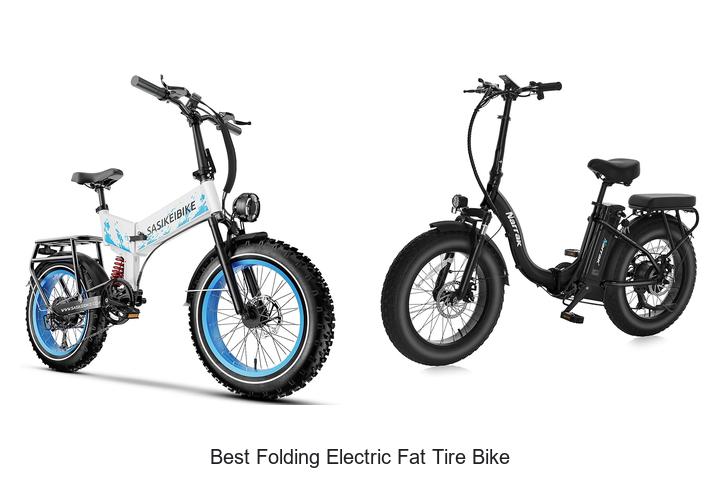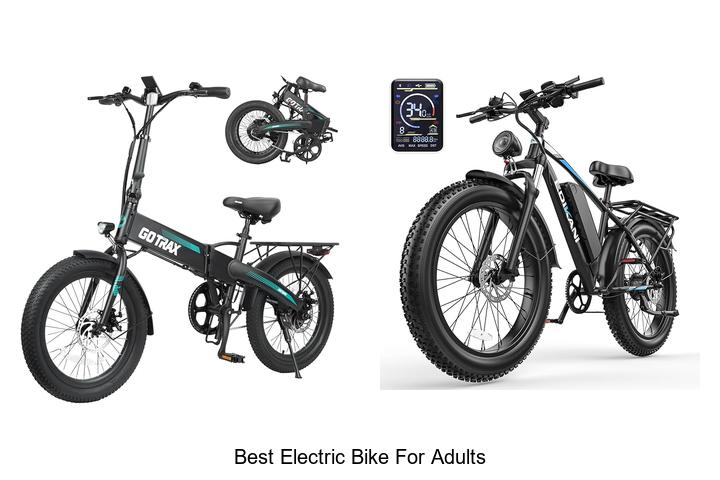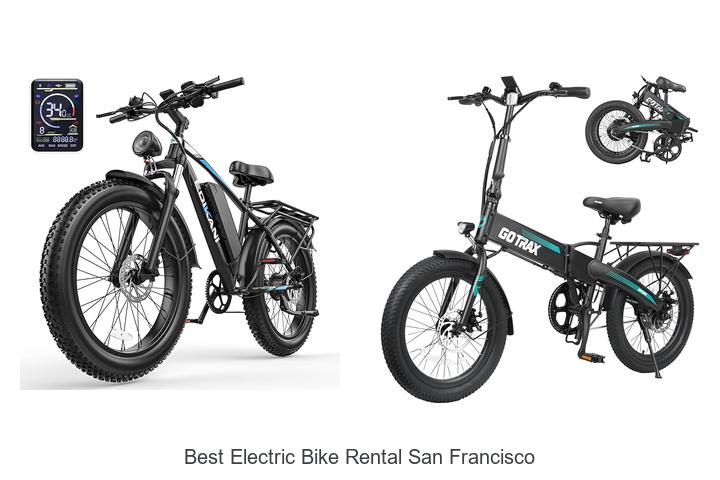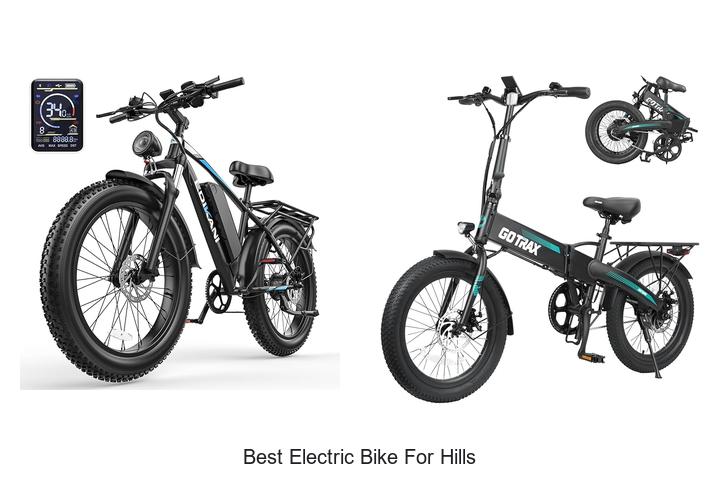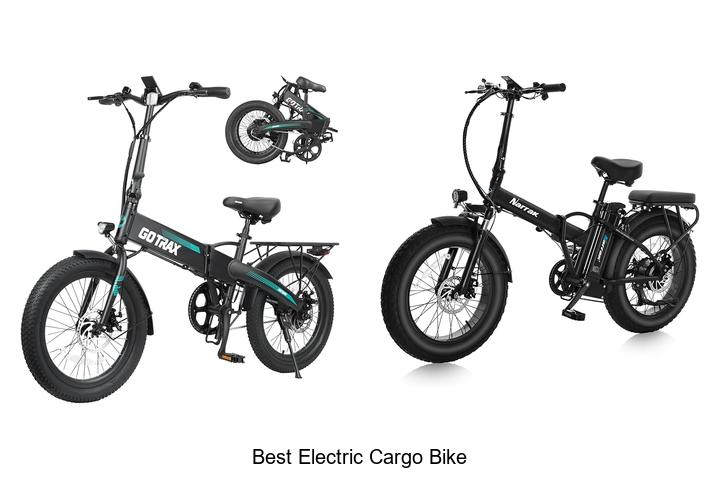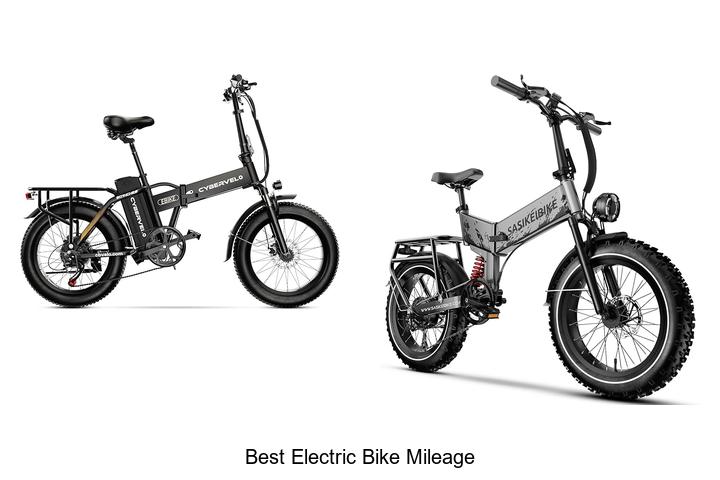What Is a Class 2 Electric Bike? Key Features Explained
Electric bikes are changing the way people commute and explore the outdoors. If you’re considering an e-bike, understanding the different classes can help you choose the right one for your needs. A Class 2 electric bike offers a unique blend of power and convenience that makes it popular among riders.
Class 2 e-bikes come with a throttle that lets you control the bike’s motor without pedaling. This feature makes getting started and cruising easier, especially in stop-and-go traffic or on flat terrain. Knowing what sets Class 2 apart will help you decide if it’s the perfect fit for your daily rides or weekend adventures.
Understanding What Is a Class 2 Electric Bike
Class 2 electric bikes combine motor assistance with throttle control, offering versatile riding options. You’ll find them practical for varied urban and recreational use.
Definition and Basic Features
Class 2 electric bikes feature a motor that provides assistance up to 20 mph. You can engage the motor using a throttle without pedaling, unlike Class 1 bikes that require pedal input. They also have pedal-assist modes, allowing you to choose between manual and powered pedaling. Most models come with a mid-drive or hub motor, a rechargeable battery, and standard bicycle components like brakes and gears. The throttle capability makes Class 2 bikes ideal for riders who want electric assistance without constant pedaling.
How Class 2 Bikes Differ from Other Classes
Class 2 e-bikes stand apart by their throttle-controlled motor, unlike Class 1 bikes, which only assist when pedaling. Class 3 bikes provide pedal assistance up to 28 mph but lack throttles, focusing on faster speeds for experienced riders. The motor cutoff for Class 2 bikes at 20 mph keeps them accessible under most local regulations. You get the flexibility to switch between manual pedaling and motorized throttle, while Class 1 and 3 bikes limit motor use to pedaling only. This combination gives you more control in stop-and-go traffic or flat urban environments.
Key Benefits of Class 2 Electric Bikes
Class 2 electric bikes offer unique advantages that enhance your riding experience. Their throttle feature and motor assistance create versatile options for various riders and conditions.
Ease of Use and Accessibility
Class 2 e-bikes simplify riding with a motor activated by throttle control. You can engage the motor without pedaling, reducing physical effort during stops, hills, or longer rides. This design makes it easier to balance and control, benefiting beginners and riders with limited mobility. You gain confidence quickly while enjoying smooth acceleration and reliable assistance up to 20 mph.
Suitable Use Cases and Ideal Riders
Class 2 electric bikes suit urban commuters navigating stop-and-go traffic and recreational riders exploring flat to mildly hilly terrain. You benefit from quick starts and consistent motor support without constant pedaling. These bikes are ideal if you prefer a flexible riding style that combines manual pedaling with motor control. They meet the needs of casual riders, seniors, and anyone seeking comfort alongside efficiency.
Legal Requirements and Regulations
Knowing the legal framework around Class 2 electric bikes helps you ride confidently and avoid penalties. Laws vary by location but mainly focus on speed, power, and where you can legally ride.
Speed Limits and Power Restrictions
Class 2 electric bikes must have a motor that provides assistance only up to 20 mph. The throttle activation cannot propel the bike beyond this speed. Motors on Class 2 bikes typically cannot exceed 750 watts (1 horsepower) in the United States. These limits align with federal regulations set by the Consumer Product Safety Commission (CPSC). Complying with these restrictions ensures your bike is classified correctly and avoids stricter regulations that apply to faster or more powerful electric vehicles.
Where You Can Ride Class 2 Electric Bikes
You can ride Class 2 electric bikes on most roads, bike lanes, and multi-use paths where traditional bicycles are allowed. However, some cities and states may restrict e-bike access on certain trails or sidewalks. Unlike Class 3 e-bikes, Class 2 bikes are usually permitted on trails with lower speed limits because of their capped motor assistance. Checking local laws before riding in parks or on public paths ensures you stay within permitted areas and avoid fines or removal of the bike.
Popular Models and Brands
Several well-known brands offer Class 2 electric bikes that deliver quality, performance, and versatility. You can find models with reliable throttle control, efficient motors, and balanced designs for urban commutes or recreational rides.
Top-Rated Class 2 E-Bikes on the Market
- Rad Power Bikes RadCity 5 Plus: Features a 750W motor, throttle, and pedal assist with a 45-mile range, suitable for city commuting.
- Juiced Bikes RipCurrent S: Offers a 750W motor with throttle and pedal assist, fat tires for mixed terrain, and speeds up to 28 mph.
- Aventon Pace 350: Combines a 350W motor and throttle with a lightweight frame, ideal for lightweight urban riding.
- Surface 604 Boar Hunter: Equipped with a 750W motor, throttle, and full-suspension for off-road and city versatility.
- Specialized Turbo Vado SL: Provides a 240W motor, throttle, and a sleek design for those seeking an ultra-light e-bike with assist.
Price Range and Value Considerations
| Model | Price Range | Motor Power | Key Features |
|---|---|---|---|
| Rad Power Bikes RadCity 5+ | $1,700 – $1,900 | 750W | Throttle, 45-mile range, sturdy build |
| Juiced Bikes RipCurrent S | $2,200 – $2,500 | 750W | Fat tires, throttle, high speed |
| Aventon Pace 350 | $1,400 – $1,600 | 350W | Lightweight, throttle, urban-friendly |
| Surface 604 Boar Hunter | $2,300 – $2,700 | 750W | Full suspension, throttle, off-road |
| Specialized Turbo Vado SL | $3,500 – $4,000 | 240W | Lightweight, throttle, sleek design |
Expect Class 2 e-bikes to range from $1,400 to over $4,000. Models with higher wattage motors, extended range, and advanced components command higher prices. Prioritize features like motor power, battery capacity, and throttle response when evaluating value. You get the best return by matching bike capabilities to your typical ride environments and commuting needs.
Maintenance and Safety Tips for Class 2 Electric Bikes
Maintain your Class 2 electric bike regularly to ensure optimal performance and safety. Check tire pressure weekly, aiming for the recommended PSI indicated on the tire sidewall. Inspect brake pads and discs for wear, replacing parts every 500-700 miles or if braking efficiency declines. Lubricate the chain monthly with a suitable bike chain lubricant to prevent rust and reduce friction. Clean the bike frame and motor area after rides in wet or dusty conditions to avoid debris buildup that may impair electrical components.
Charge your e-bike battery fully after every ride and avoid deep discharges below 20% capacity to extend battery lifespan. Store the battery indoors at temperatures between 50°F and 77°F when not in use for extended periods. Regularly examine wiring connections and plug contacts for damage or corrosion; repair issues promptly to prevent electrical faults.
Wear protective gear when riding your Class 2 electric bike. Choose a helmet that meets safety standards such as CPSC or ASTM. Use reflective clothing or add reflectors to your bike for enhanced visibility during low-light conditions. Test your bike’s lights—front, rear, and brake—before each ride in the dark or poor weather.
Control your speed, especially since Class 2 bikes can reach 20 mph with throttle assistance. Use throttle gently to avoid sudden accelerations that may lead to loss of control. Report and fix any steering or suspension abnormalities immediately. Follow local traffic rules, including lane usage and right-of-way, since compliance improves your safety and ensures legal riding.
Schedule professional tune-ups annually or every 1,000 miles. Experts perform thorough checks on motor function, battery health, braking systems, and drivetrain components. Doing this prevents unexpected failures and extends your bike’s service life.
Conclusion
Choosing a Class 2 electric bike gives you the freedom to switch between pedaling and throttle control, making your rides more adaptable and enjoyable. Whether you’re navigating city streets or exploring local trails, this flexibility can enhance your overall experience.
By understanding the features, legal requirements, and maintenance needs, you’ll be well-equipped to get the most out of your e-bike. Investing in the right model tailored to your lifestyle ensures smoother commutes and more fun on every ride.
